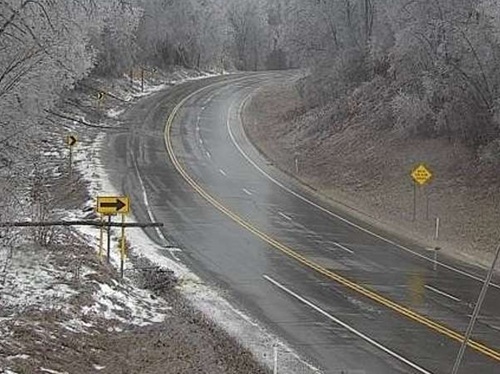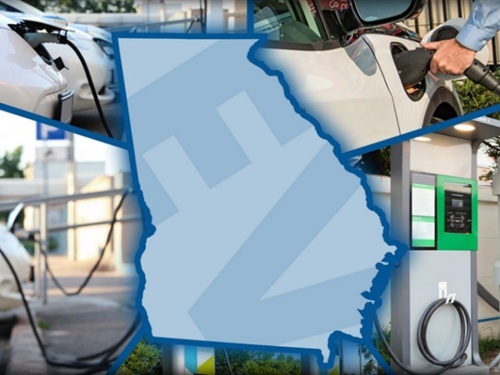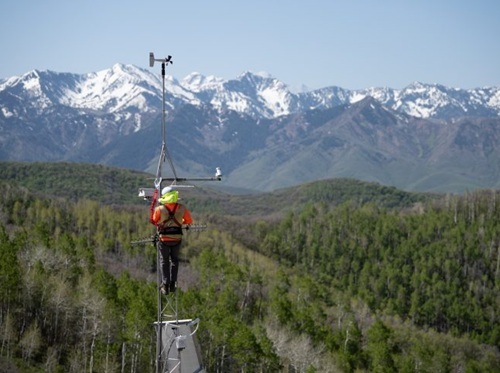The Utah Department of Transportation is conducting biannual checkups on approximately 200 weather stations statewide; stations that provide the agency with valuable real-time safety information.
[Above photo by Utah DOT]
The agency said its technicians assess weather stations in the spring and fall, making any repairs necessary before summer thunderstorms and winter conditions arrive.
A typical Utah DOT weather station consists of multiple sensors to detect wind, temperatures, humidity levels, rain, soil temperature, snowfall rate, and road conditions.
The agency then relays this information to the public through various communication channels like variable messaging signs, its traffic website, and even directly to vehicles through vehicle-to-everything technology.
[Editor’s note: the Utah DOT video below explains how the agency’s weather program helps improve transportation safety, among other benefits.]
Understanding current and forecasted conditions on roads also helps Utah DOT maintenance crews know where to work – particularly during the winter.
“This data helps us plan everything from our pre-storm treatment to post-storm management,” noted Cody Oppermann, a Utah DOT weather operations specialist and road weather information systems or RWIS coordinator, in a statement. “But weather stations on seasonal roads can experience especially brutal winters, which can damage or break equipment,” Oppermann said. “So we look and make sure those sensors are cleaned up and working for the summertime so that we don’t have any flawed data.”
 States
States
Podcast: Flashing LED Lights Can Boost Roadway Safety
December 5, 2025 States
States

